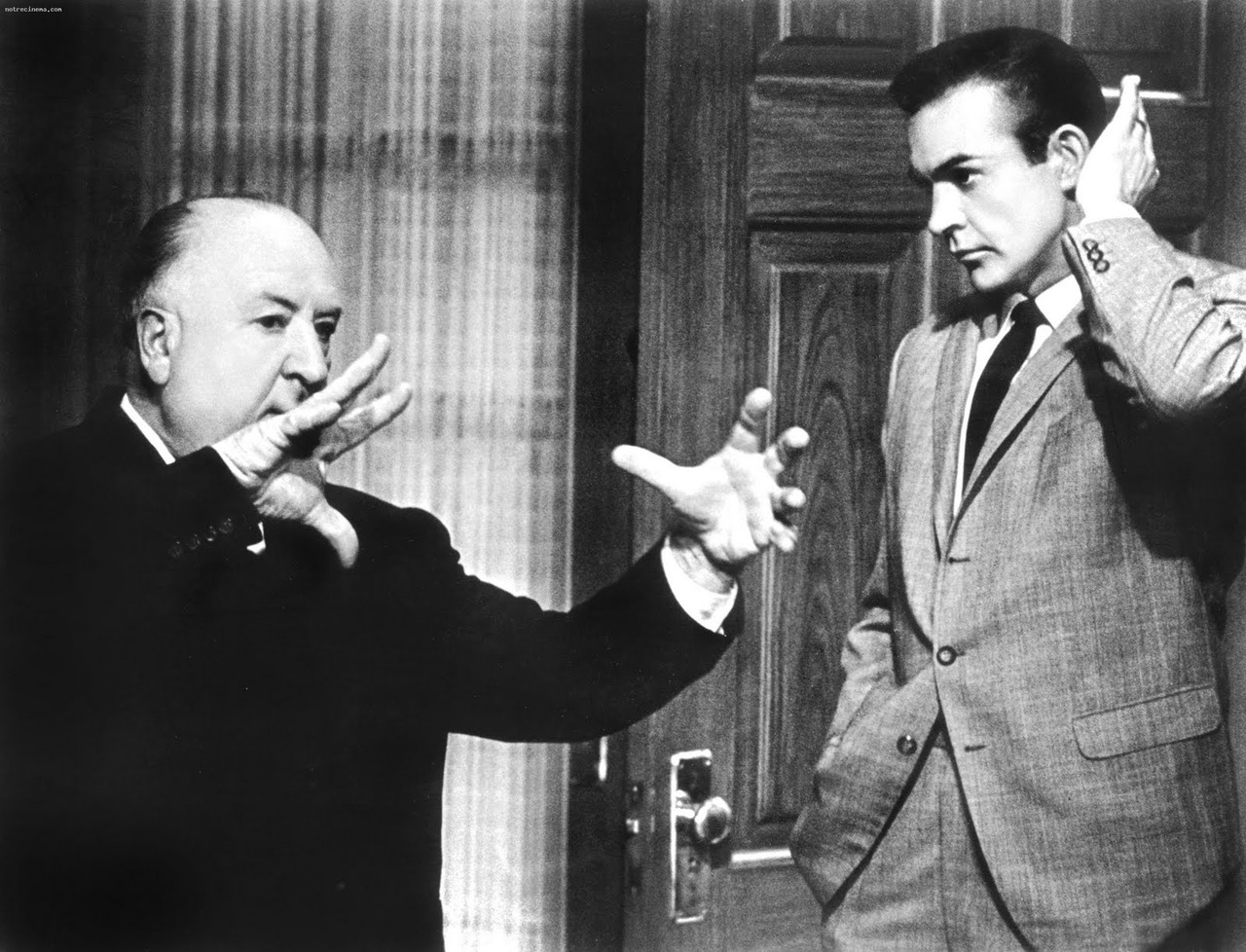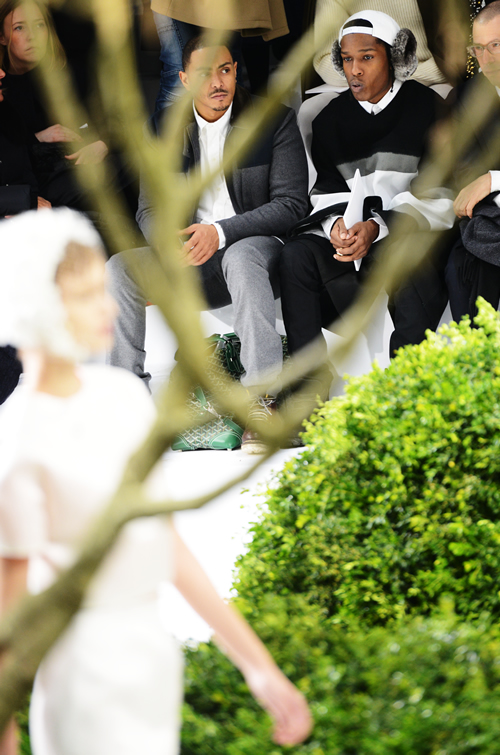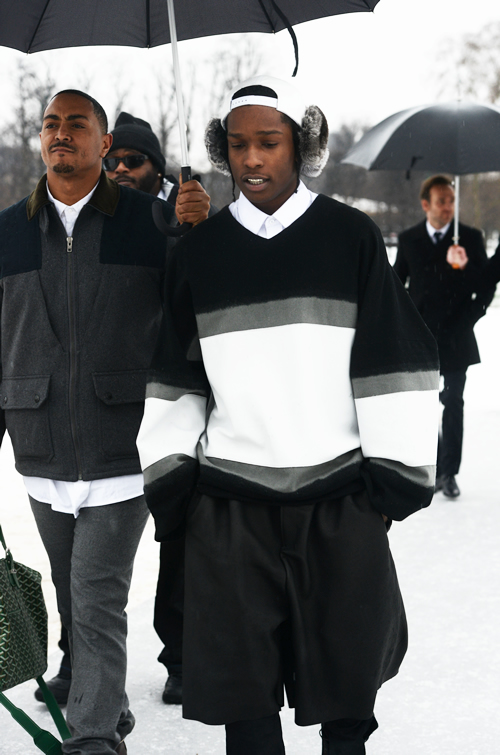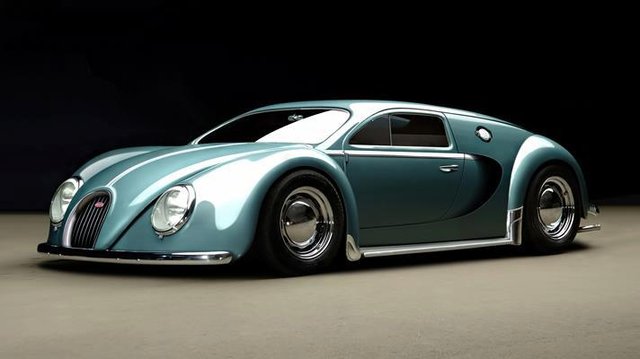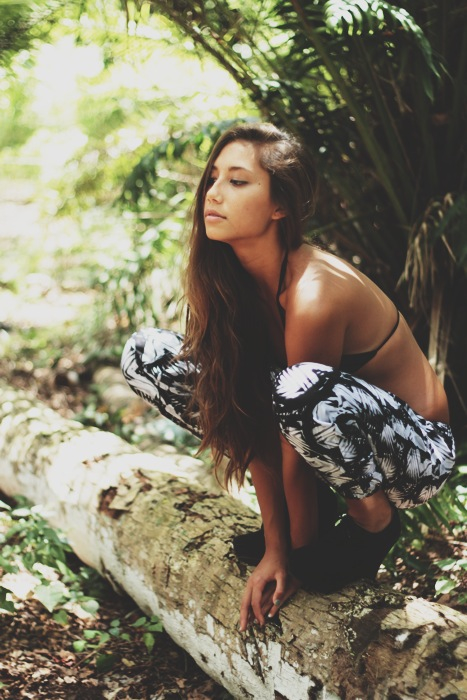Category Archives: STYLE
Conference of Cool.
ADIDAS ORIGINALS GLC (HAWAII)
Dubbed “Hawaiian Vacation,” the fourth GLC release is white-based with pink and blue color pops throughout. Other features include grey paneling, a speckled midsole and white pivot-point rubber outsole.
A Conversation with Nike’s Innovation Kitchen Studio Director Ben Shaffer
Highsnobiety Interview –
Just last week, a former train station connecting Berlin to Dresden found itself converted into a neon-lit space for Nike’s aptly titled “Flyknit Experience” – a 1-night only event inviting both industry people and locals alike to lace up a fresh pair of Flyknit Lunar1s and run along an indoor track lined with giant disco balls. As if that weren’t enough, the Swoosh shipped over Jenny Sabin‘s dynamic installation consisting of data from Nike’s Fuelband arranged in a distinctly expressive and modern way.
After running a few laps and devouring one too many burgers, we sat down with Ben Shaffer, the man who with his team is largely responsible for Nike’s latest innovation, to discuss everything involved in bringing the revolutionary idea from inception to completion. Take a look below for the full interview.
You went from Head of Innovation at Nike Sportswear to Studio Director at the Innovation Kitchen, what were the two different roles like?
Within the Innovation Kitchen we at different times connect into other categories so for a while I was innovation leader for Sportswear which was pretty much acting as the liaison between the Kitchen on a number of projects. I worked on the Hyperfuse and getting that to Sportswear and about 2 years ago I switched over to Studio Director.
There’s a number of different directors in the Kitchen so I’m not running the entirety of the Kitchen, but basically it’s allowed me to focus on the design side of directing – creative directing – as well as still getting my hands dirty and working on projects such as Flyknit.
Were there any unexpected challenges when you first started working on Flyknit?
Yeah, plenty of challenges. Initially the whole focus was around trying to utilize knitting techniques to mimic what a sock would do for an athlete so the focus was around fit. We chatted it up with different athletes who described what was essentially using a sock in place of a shoe. It got a number of us thinking about ways within the industry we could actually start to mimic that and try to create the structure and durability that we would need in order to make an actual shoe out of it. That’s of course where we hit huge challenges because there wasn’t anything set up to do that for footwear.
So here we have an inherently dynamic material because it’s a bunch of loops of fabric/yarn that come together and we wanted to have areas where it didn’t stretch at all. So one of the huge hurdles was getting that structure in. At the time we were developing Flywire (which debuted back at the Beijing Olympics), and while we were developing that one we said well, we’re using yarn here, why can’t we just do some thicker braided cables with stronger yarn and find a way to have it channeled through the knit and have that knitted out?
We had a lot of play in that area about how we could embed and get cables throughout a knit fabric. Once we had that then all of a sudden we transitioned from having something that’s not just a nice knitted pattern, but something that’s really dynamic. This is because you’ve got static areas that don’t stretch at all but in-between you’ve got areas that can move. Having that really allowed us to dramatically adjust the function from one area of the shoe to another.
Flyknit is often referred to as a technology as opposed to just a new line of footwear, where else do you see the technology being used in the future? Can you imagine other practical uses for it?
Yeah absolutely. As a technology it’s an enabler for us to go after that unique fit, that unique experience within “right-now” running. Outside of just running product, we’re able to engineer at a much more detailed level and see which areas have various functionalities. There’s tons of benefits not only in other sports, but in other pieces.
Knitting in itself is a very simple thing, it’s been around for hundreds of thousands of years, and basically it’s going back and looking at it from the core of the material. By using knitting methods there’s a lot of opportunity out there to see what we can do.
It’s interesting too. Even at Nike, some of the things we’re doing within footwear is helping inspire apparel to rethink things. So there’s a fun back and forth which is one beautiful thing about just moving the needle anywhere. In any industry, when you start to pull knowledge from elsewhere and try to match things that aren’t necessarily meant to be together – a sock shoe for instance! It’s not something that you’d normally put together but the results are something really intriguing that have definitely changed how we’ve approached footwear. Of course you’ll be seeing a lot of interesting things coming out in the next few years.
Flyknit went through 195 major reiterations before arriving at the final product, do most new models go through that rigorous of a process?
Most new ones don’t, but we were developing so many different entities so as we went through round after round, we were learning what we could do, what type of yarns we needed, and what type of fabrics did certain things for us. Certain things didn’t feel right so we’d go back to the drawing board, or maybe tweak what we had, but all those different iterations were to gain knowledge.
Also, I think it’s important in design or for anything you’re doing that’s new to be iteration after iteration because in the end you’ll always make a much better product.
How did the construction method affect the color design process?
It dramatically affected it! You’re now playing with yarn that has one color and then you intertwine it with a different colored yarn and the textures are different in one area versus another so the visual starts to morph and do some amazing things. It certainly had us rethink what that means. When we think about all the things that can be done in the sweater world for instance, or just knitting in general, there’s so much potential, so it’s dramatically changed how we look at and do color, and it continues to amaze us the more we play with it.
Flyknits have made their way from the track and have become hot on the streets, is there anything in particular you attribute that to?
I think the uniqueness about Nike is that we make products for the athlete, for high-level performance; people often appreciate that and start to sport what is high performance in different contexts. A really good example of that is when you look at the car industry for instance, the one car you’re probably most aspirational towards, whatever that is, more than likely was designed to be a high-level performance product. So if we are smart to the core of that, some of these things will end up filtering through to street culture.
The Flyknit was named one of Time’s Best Inventions of 2012 in large part due to its innovative construction method, is there still room for improvement at this point?
There’s always plenty of room for improvement; we’re always very critical of ourselves and trying to move the needle at every point. There’s plenty of things I think we would do a little bit differently, now that we’ve had another year or two to dig deeper into the process. Building on this is what we do and that’s been Nike all along. We keep building, building, and building on our innovations and always assume there’s something we can improve on since nothing is ever perfect.
There’s a saying at Nike that there’s never a finish line and that saying really holds true. With innovation we’re constantly looking to do it better and bring out better products.
What’s been your favorite project to work on at Nike?
You know I have to admit I really liked working with Flyknit. It’s been a blast because it was just a couple of us a number of years back playing around and hoping this would turn into something unique. It’s been able to blossom and grow, and the uptake has been equally exciting from those that are elite-level runners to those that are a part of street culture. It’s really complimentary to that and it makes all the burdens and challenges so much more rewarding when we’re able to overcome them. So it’s definitely Flyknit for now.
When do you decide to pursue an idea that may at first seem far-fetched and when do you decide to scrap it?
Well there are plenty of ideas sitting around because it’s not the right time or the technology isn’t there yet. Whenever we start to get somewhere interesting, like putting a new shoe on a runner’s foot and hearing “this feels amazing,” then we know, we’ve got to go all in and make this happen.
It’s a tough moment because we are constantly debating that with a number of projects – is it right, is it relevant, is this the right time? Sometimes I’m sure we haven’t made the best decisions and things came out too early, but time will tell for us. We bring out stuff a lot of times that didn’t make it six years ago but now actually seem a lot more relevant. It’s amazing how things are constantly evolving depending on the manufacturing processes or just the culture or expectations and desires of runners and athletes. It’s a funny one, you never know exactly when it’s perfectly right.
Nike Lunar Blazer Black/Volt
Nike has updated the classic Blazer by adding a Lunarlon sole for increased comfort. Presented in a black/volt colorway there’s no official release date as yet but we’re sure these will hit shelves shortly.
NIGO Discusses Coca-Cola x HUMAN MADE Collection and Plays with Coke Cans
In this video, NIGO® constructs an over-sized version of the Human Made logo using Coca-Cola, Coca-Cola Zero, and Mello Yellow cans. Mannequins wearing the new collection turn into real people and assist NIGO® in building his Human Made logo in Beams’ Warehouse.
In this video, NIGO® speaks with Beams Men’s Creative Director, Hiroshi Kubo , about the inspiration for the collection and their mutual love for iconic Coca-Cola memorabilia.
Google Glass
Google launched an official site for their newest hardware project: Google Glass. The project has been around for about a year now but now it seems like Google is actively trying to get the product into the hands of real consumers. On the site you can apply to become a “Glass Explorer” by simply telling the company over Google+ or Twitter #ifihadglass what you would do with them. Oh and you have to pony up $1500. No big deal.
Projects like Glass, I suppose I should really start calling it a product, get me excited because it proves we’re ready to move past the idea of data only coming to us through a phone shape. Google has chosen the face as the best place to receive and send information, while supposedly Apple will be bringing computing to the wrist. I’m not certain if either of these locations are any good for giving us large amounts of data, it’s still uncharted territory. I wouldn’t dismiss anything until we can try these devices for ourselves.
MONICA BELLUCCI: “I LIKE TO EXPLORE THE DARK SIDE”
The Talks Interview –
Mrs. Bellucci, do you get more work because you are beautiful?
I know that beauty invites a certain curiosity. But, as Oscar Wilde said, beauty is just five minutes long if you don’t have anything else to sustain that curiosity. I don’t think that I would have made this kind of career if I were just beautiful. Directors don’t call you for your beauty but for your talent.
Have your looks ever been an obstacle for you?
Yes, of course – especially because I was coming from the fashion business. It was a double problem; fashion and beauty are the worst things to make it with this career. Because I’m pretty everybody thinks I’m stupid. But it is like a mask and you have to break the mask to show that there is something else behind it. You have to show who you are to make the others come to discover you.
Is that why you often choose extreme roles?
Maybe yes.
Do you still feel you have to prove yourself?
Not to others, but to myself.
Really?
Of course! I need to explore. If somebody is going to come to me with a new idea or something that is going to be a risky thing, I would do it if I am interested. I like a movie that brings out many discussions. From my experience, every time I have done movies they create this kind of situation. Like Irréversible, The Passion of the Christ,Malèna; it’s so interesting. I like to explore the dark side of humanity. That’s why I’m an actor.
Do you like to revisit those films from time to time as well?
No, I can never see a movie twice. Or maybe I can see a movie after many years because I just saw Maléna, which was funny to see again. I need many years to see a movie again because it is so difficult to be objective about it. And I get bored watching myself.
Your husband Vincent Cassel is also an actor. What’s it like seeing him transformed into a character on screen?
When I saw Mesrine I was really shocked because I saw a really great performance; I couldn’t recognize him. Only one part when he is talking with his kids in the prison did I think about how he moves with his own kid, but apart from that… It was really beautiful and moving to see such a great performance.
Do you two discuss your work and films?
Nothing. Vincent and I are in two different worlds. I don’t know his friends; he doesn’t know mine. We don’t see the same people. We don’t have the same life. Once in a while I come from my world, he comes from his world, and we meet each other. But we are two different animals. I am so independent and he is so independent so I think it is the only way to be together.
Is it difficult to raise your children like that?
No.
Do your daughters understand what it is exactly that their parents do for a living?
No. Recently my daughter told me, “No mommy, I want to be like you. I don’t want to work. I just want to be a mother and when I grow up my daughter is going to work.” And this is perfect because she thinks I don’t work. She said: Life is beautiful, we are always in the hotels and houses, it’s great. I am so happy about that. It means I am with her all the time.
One day will she want to be an actress like you?
I hope not.
Why?
Because it’s a special work, but if she tells me she wants to be a knight I won’t say no because I think it’s beautiful to have a passion in life. If her passion is going to be acting then she has to do it.
They are individuals after all…
Yeah, she wants it or she doesn’t. If she has a passion it’s great, but it’s such a difficult job – beautiful but difficult. She has to deal with so many things. It’s better to do this job when you don’t have parents who come from the business. Vincent’s father is an actor and it wasn’t so easy for him to find his own identity because of that.
Was your family similar?
I come from a completely different family, so it’s easier. But when you come from a family where they are all actors, to compare becomes normal for the others and it can be very difficult for you. I know Vincent had to fight to find his own place because of his father.
Christoph Waltz.
Christoph Waltz (German pronunciation: [kristɔf valts]; born 4 October 1956) is an Austrian-German actor. Internationally, he is known for his works with American filmmaker Quentin Tarantino: he received acclaim for his portrayal of SS-Standartenführer Hans Landa in 2009 film Inglourious Basterds and his portrayal of Dr. King Schultz in 2012 film Django Unchained. For both, he won the Academy, BAFTA and Golden Globe Awards for Best Supporting Actor. For Inglorious Basterds, he also won the Best Actor Award at the Cannes Film Festival and theScreen Actors Guild Award for Outstanding Performance by a Male Actor in a Supporting Role.


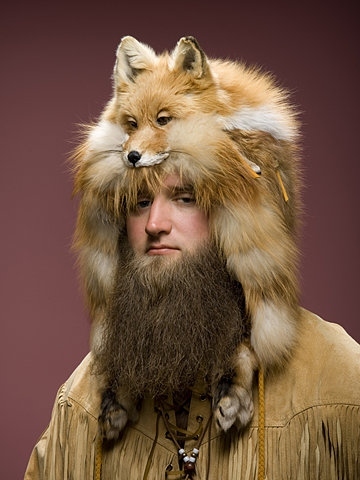
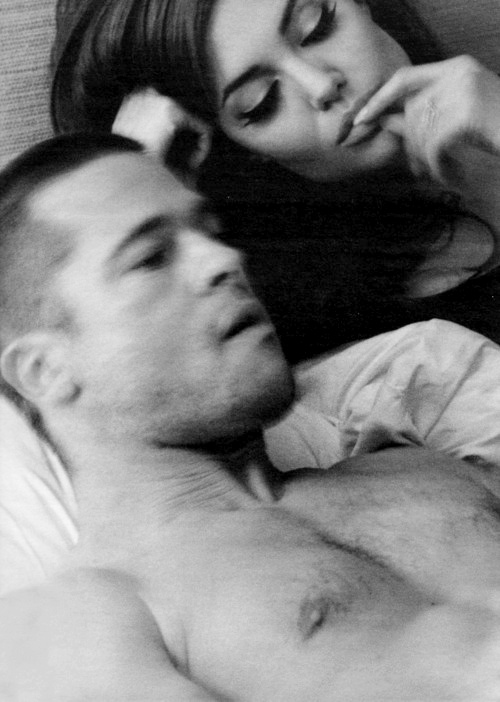
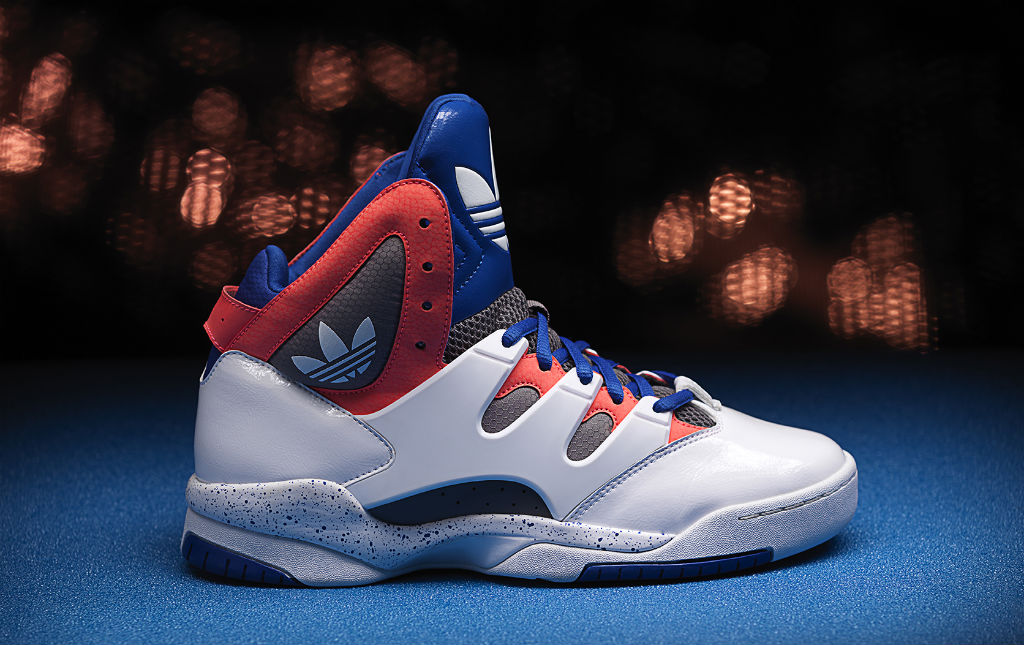
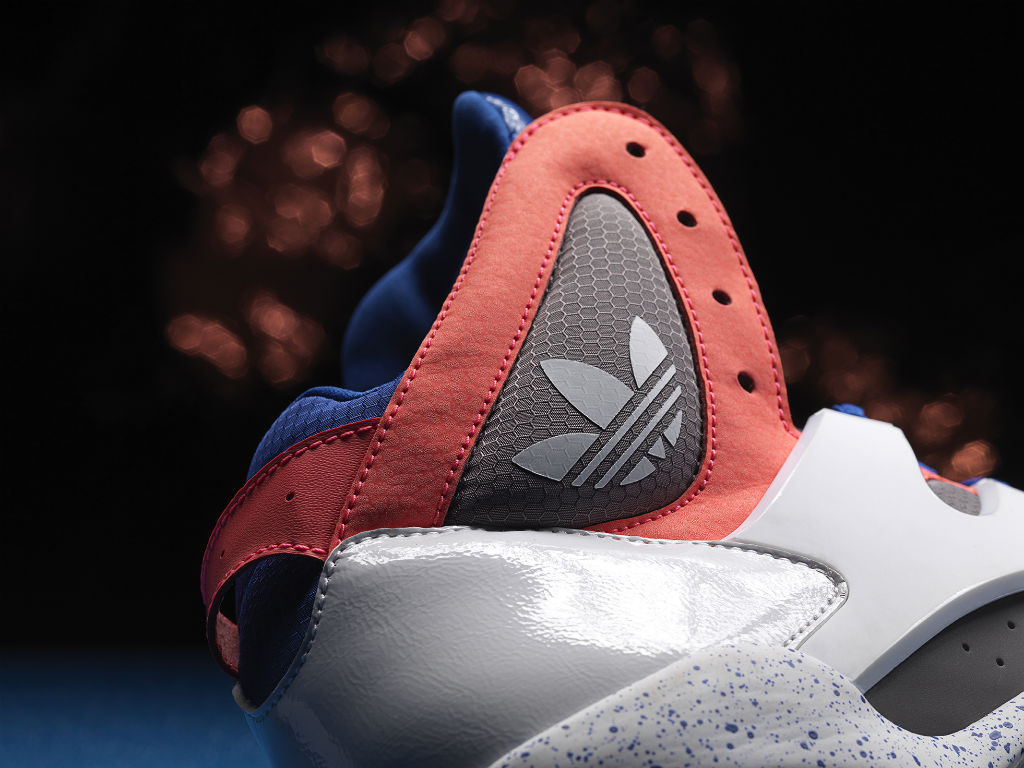
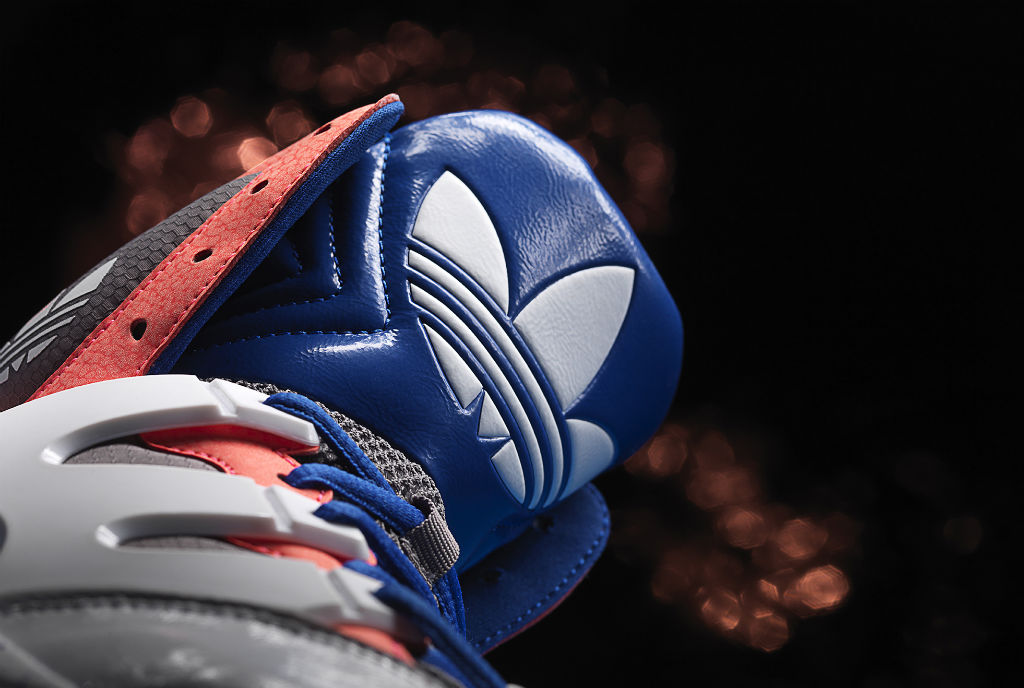
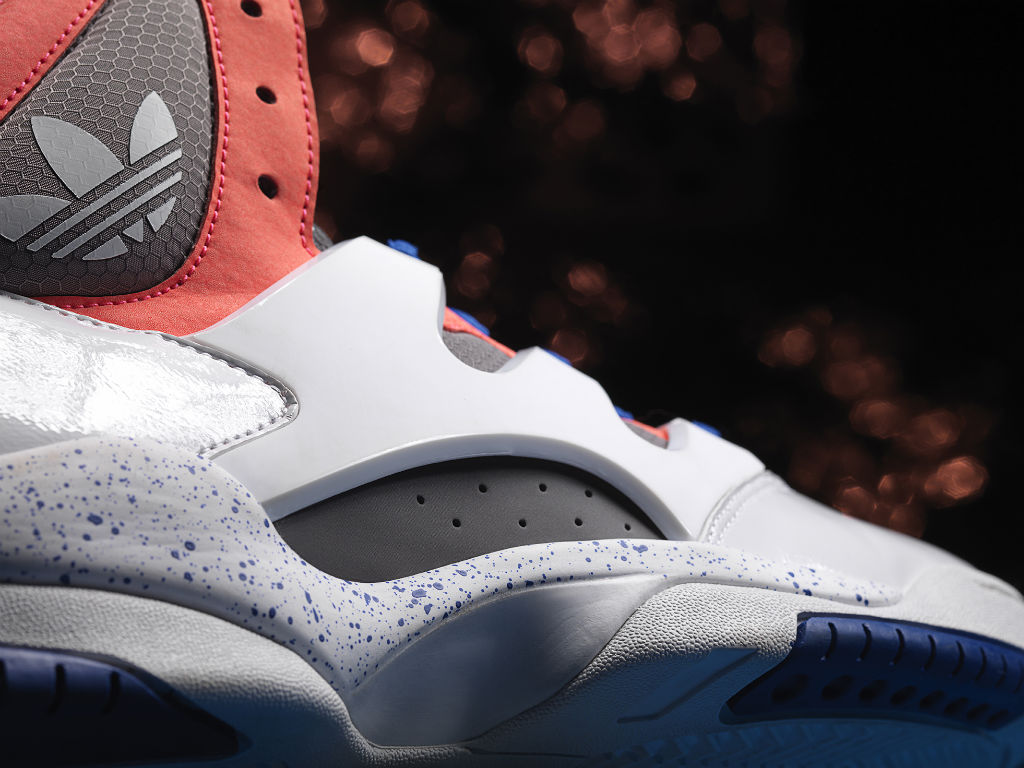
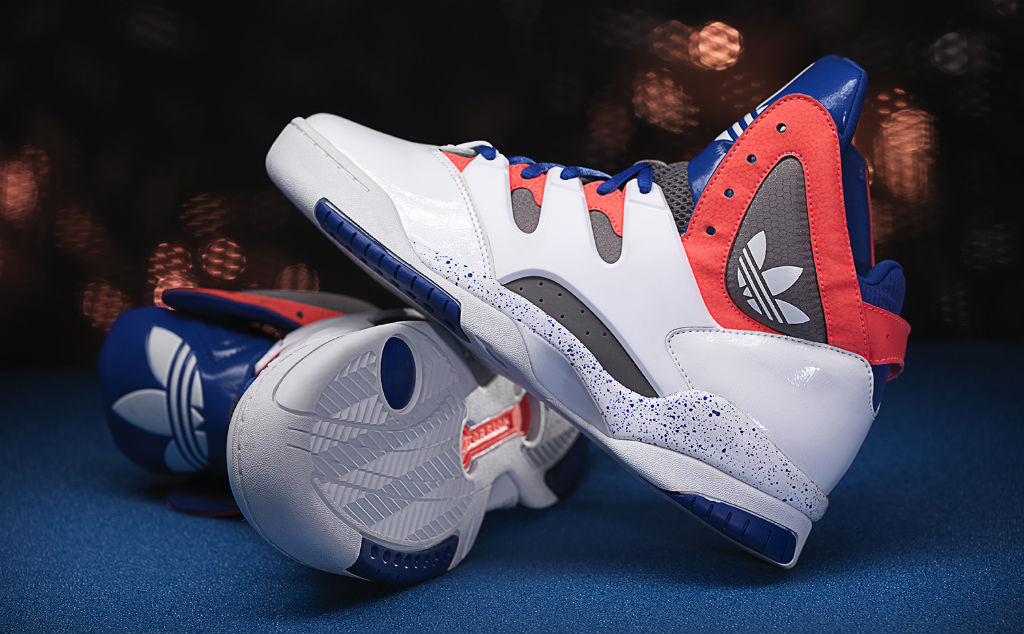
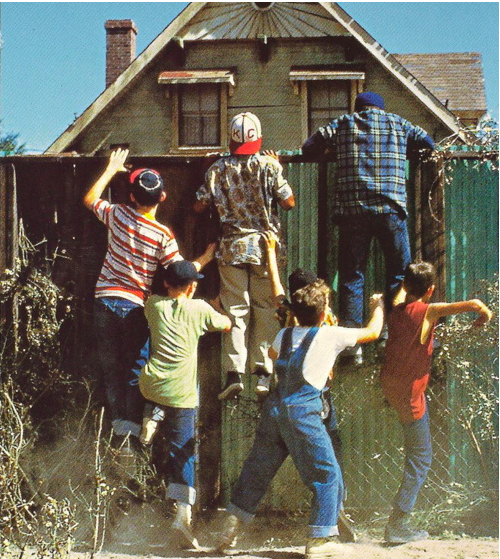
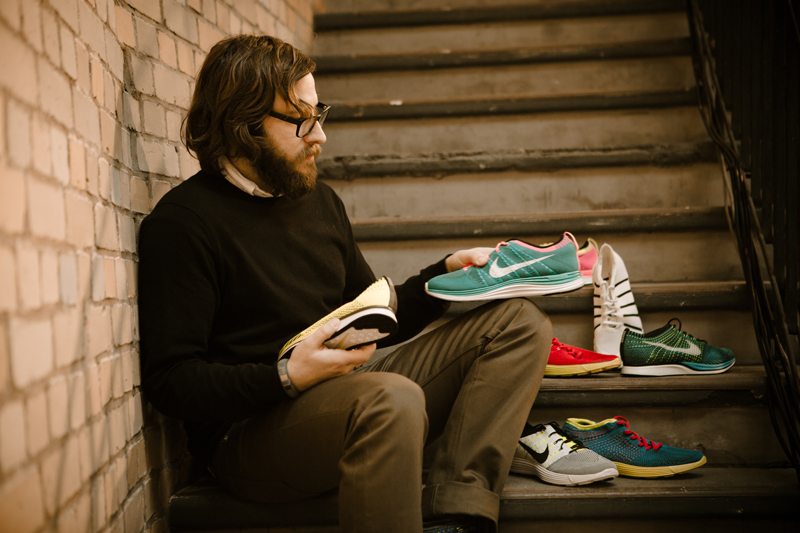
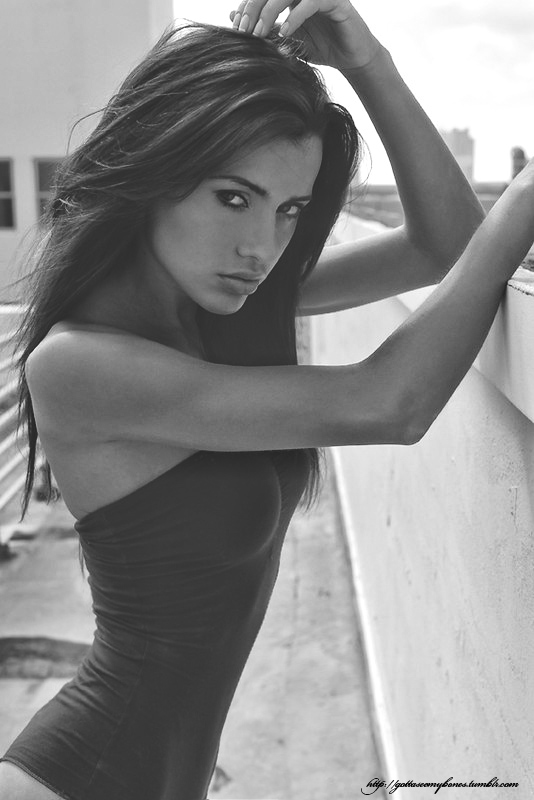
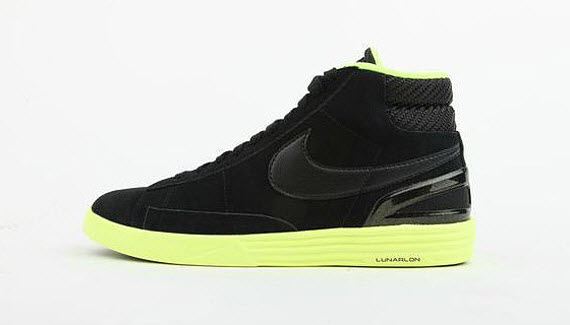
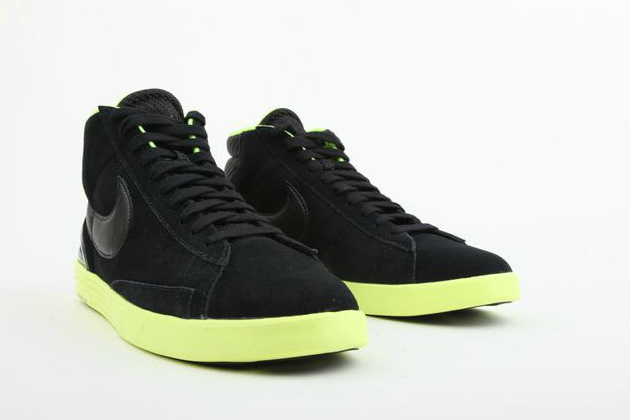
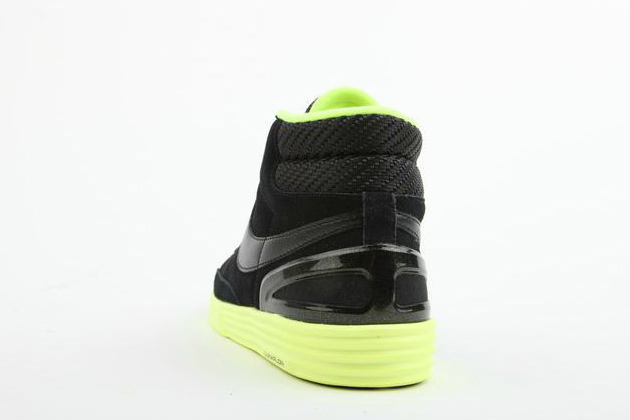
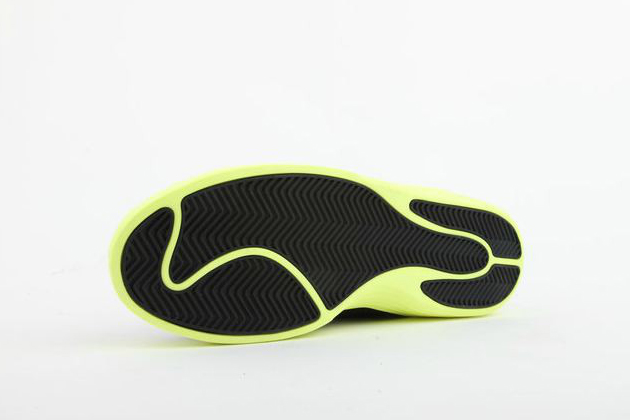
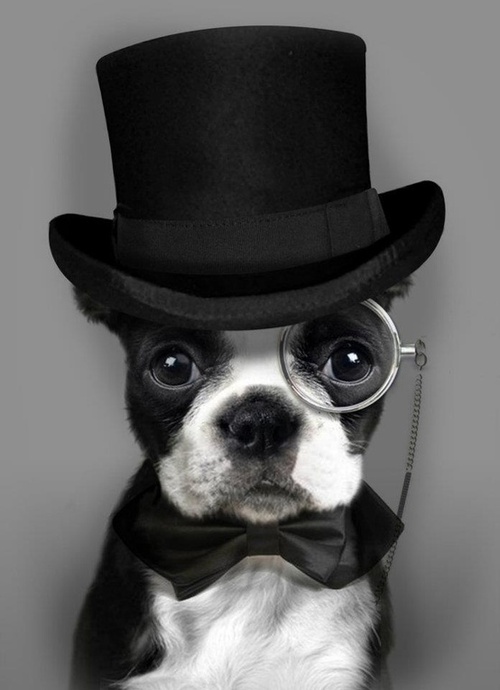
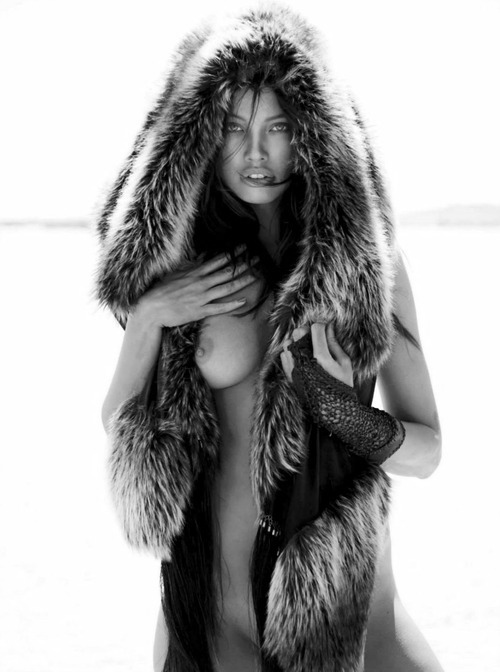
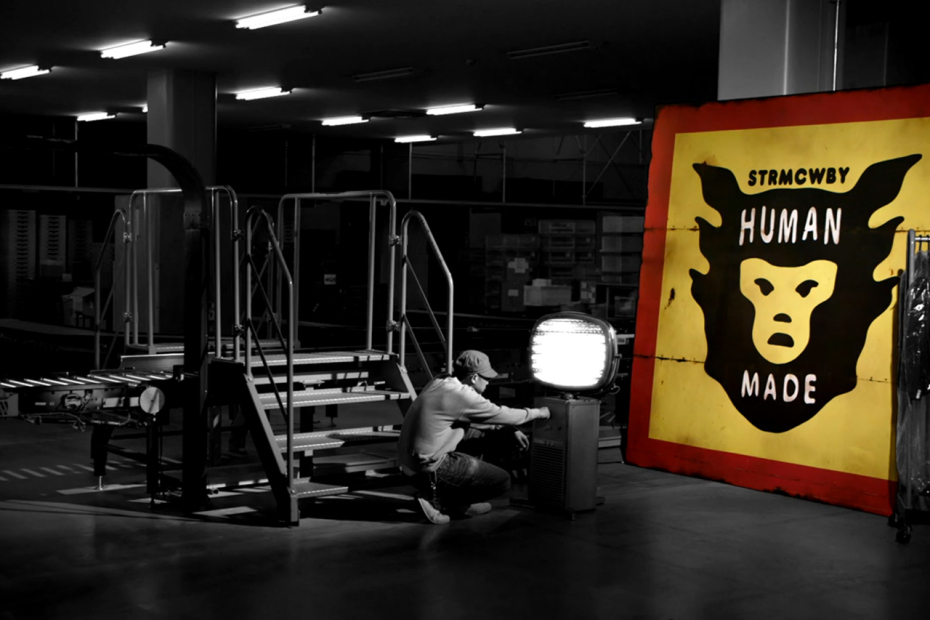
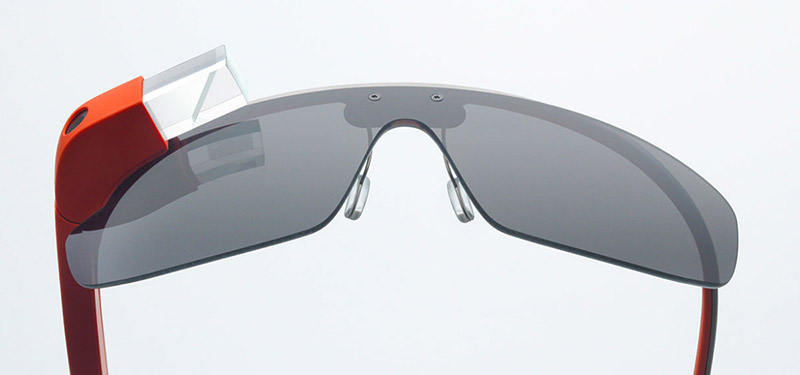
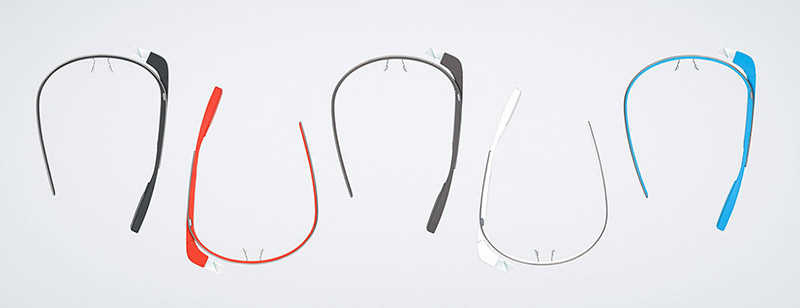
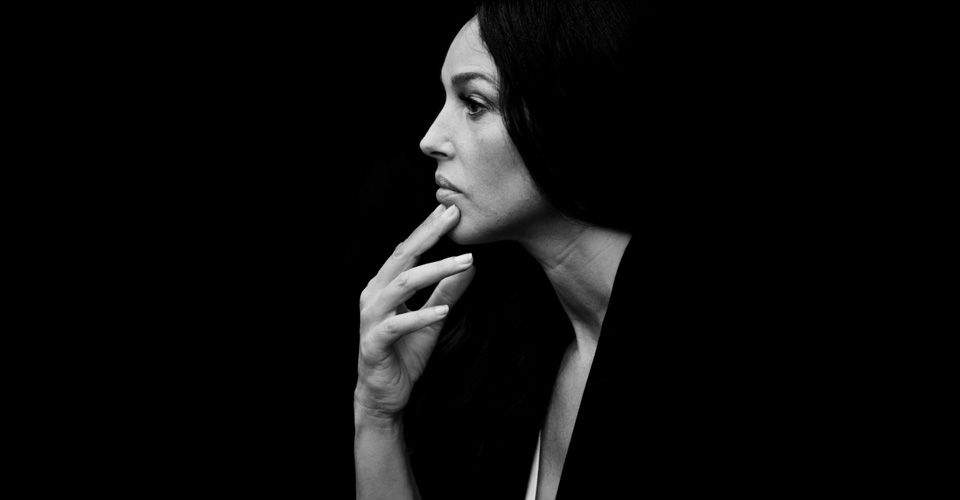
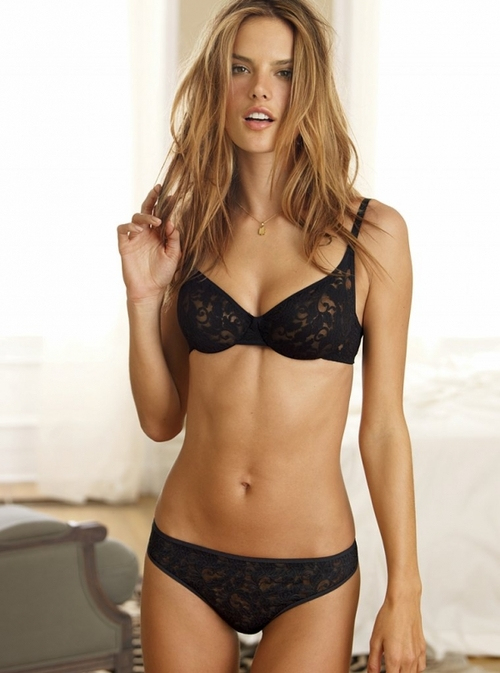
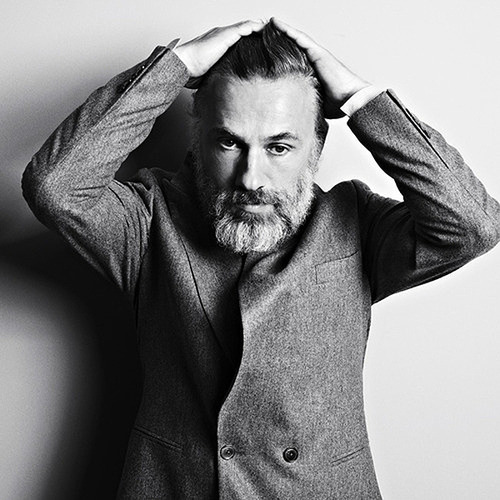
 Source
Source